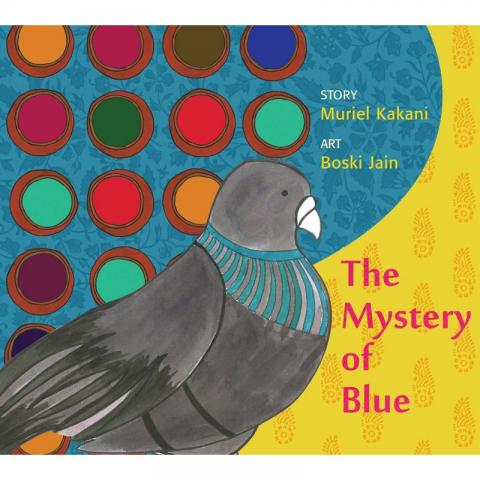
India with its rich tapestry of art, science, flora and fauna has contributed many firsts to the world.
What are they, and how did they impact the world? Kudos to Tulika Books for imparting the information to our children, through books such as, All about Nothing, a book on the concept of Zero; Dancing on Walls, a story on the antecedents of Warli Art; and now, The Mystery of Blue, a story based on indigo.
Indigo was a dye that launched a thousand ships to ancient India, as, it was coveted by the Greco-Roman countries, Europe and the Middle East. In fact, the Greek word for the dye indikon reflected its association with India. This was later changed to indicum and then eventually indigo.
In this book, the author steps back into time to trace the antecedents of the use of this dye in Southern India during the Chalukya dynasty.
Kunkun, a little girl from a weaving community, helps her family by preparing the yarn for dyeing assisted by her pet – a blue pigeon. As she sees the colours emerge from the use of various minerals and plants, she wishes that they could also produce cloth in blue. A blue that would reflect the brilliant blue feathers on her pet pigeon’s neck, the sea and the sky. She sends him off to Kashi to source the plant. The story goes on to describe the laborious process of extracting the dye and the final product derived from it, the beautiful dark blue saris of Ikal in South India, known as Chandrakali, named after who else, but Kunkun’s little pet pigeon.
With a very attractive cover and vibrantly illustrated pages, this book is a visual delight that will make children keep turning the pages even though the text is sometimes crammed with a bit too much information. The illustrator has subtly incorporated designs of block prints on fabric and graphically demonstrated the process of fabric dyeing on pages that reflect the brilliant hues of indigo in this book, aptly named The Mystery of Blue.